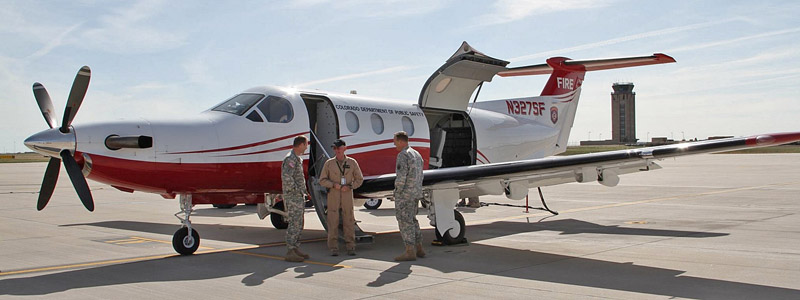Five U.S. Senators are supporting a concept for a bill, or as they call it, a “discussion draft”, that would affect wildland firefighting. The document is being floated as a trial balloon to solicit input. If the draft ever becomes a proposed bill, it will no doubt look different in its final form, with some provisions added and others removed.
“In an effort to move the discussion forward, we are asking for feedback on a diverse set of ideas to tackle the challenges of catastrophic wildfires,” said Maria Cantwell (D-Wash.), the panel’s top Democrat. “While not perfect, we are working to drive the discussion toward consensus and a 21st century management strategy.”
Fire Funding
Named the “Wildfire Budgeting, Response, and Forest Management Act of 2016”, it would begin by fixing the inadequate funding of suppressing wildfires, ending the cumbersome practice of having to borrow funds from non-fire accounts to pay for suppression costs. This issue has been cussed and discussed ad infinitum for years with broad bipartisan support, but Congress has failed to take any meaningful action on the problem.
The Holy Grail
One issue that we have written about many times and called the “Holy Grail of Firefighter Safety”, is addressed. Our concept is to provide two pieces of real time information to the management team or supervisors on a wildfire: the location of the fire and the location of firefighters.
The discussion draft addresses the fire’s location by requiring that Federal and State wildland firefighting agencies develop, by March 1, 2018, “protocols and plans for the use of unmanned aircraft systems (UAS) … to detect spot fires, assess fire behavior, develop tactical and strategic firefighting plans, position crews, and enhance firefighters’ safety”. And it mentions an “ortho rectified map”. Sadly, it does not specifically require that a system be implemented that will provide the information in real or near-real time, but if you’re going to hit every item on that list, it pretty much has to be real time data, or close to it.
The other half of the Holy Grail, the location of firefighters, is also covered. By March 1, 2018 the Departments of Interior and Agriculture “shall jointly develop and operate a tracking system to remotely locate the positions of fire crews assigned to Federal Type 1 Wildland Fire Incident Management Teams”. Their locations would be depicted on an ortho rectified map developed by the UAS.
Unified system for carding firefighting aircraft
There would be a single system, by March 1, 2018, “for providing credentials to all Federal and State-certified aircraft, personnel (including pilots and maintenance personnel), and firefighting support equipment for fires on Federal land and for firefighting operations conducted by, or in cooperation with, Federal agencies”. Until that system is up and running, all Federal and State wildland firefighting agencies would accept the standards of each other.
Miscellaneous
Other provisions would ease some environmental regulations for certain hazard fuel reduction projects, require an inventory of 452,000 acres of young-growth timber stands on Alaska’s Tongass National Forest, and make any money left over from fire suppression funds at the end of the year available for hazard fuel reduction projects. (If you’re thinking inventorying half a million acres of the Tongass NF has nothing to do with wildland fire, you are correct.)
Supporters
If this discussion draft morphs into actual legislation, more Senators will publicly support it, but for now the list includes Senator Lisa Murkowski (R-AK), Senator Maria Cantwell (D-WA), Senator Ron Wyden (D-OR), Senator Michael Crapo (R-ID), and Senator James Risch (R-ID).
A previous trial balloon
In July of 2015 the Democratic Staff of the U.S. Senate Committee on Energy and Natural Resources prepared a list of concepts, called a White Paper, that also was a hopeful step toward an actual bill. It had one important provision that is lacking in this latest discussion draft. It would have revised or repealed Public Law 107-203 that was passed in 2002 as a reaction to the ThirtyMile Fire the previous year. That law resulted in a crew boss on the fire being charged with 11 felonies, including four counts of manslaughter. Since then firefighters that witness accidents have been advised to lawyer-up and reveal as little as possible about what they know, reducing the opportunities for learning lessons — possibly resulting in more firefighter fatalities down the road. This law has also led to accident investigations and fatality reports that do not identify the causes, squandering learning opportunities.
The revision or repeal of Public Law 107-203 is very important.
You can read the entire Discussion Draft HERE.
If you have an opinion about what is, or is not in this discussion draft, contact your Senators and/or put your thoughts in a comment below.









